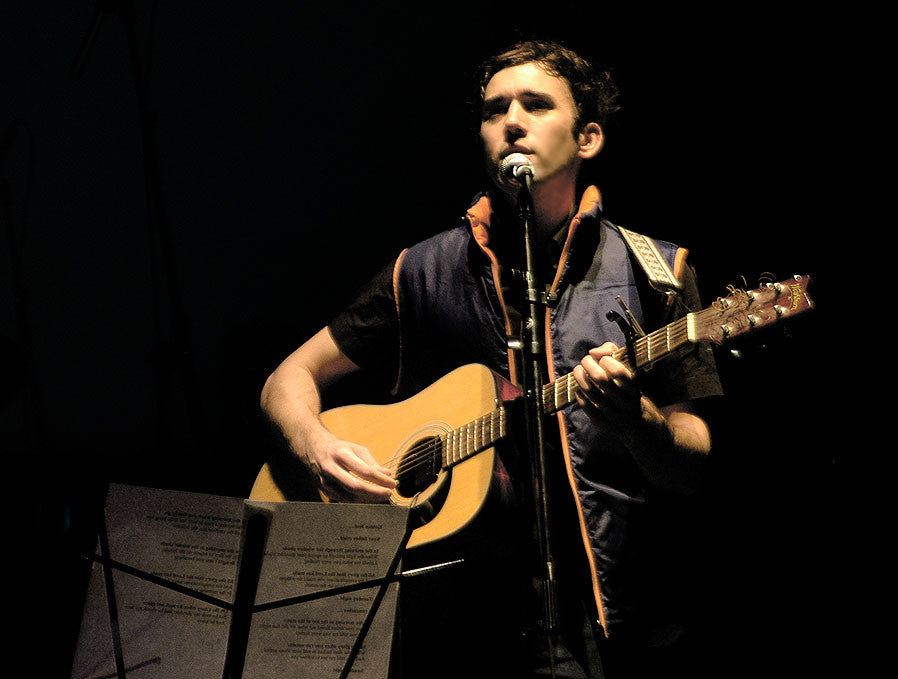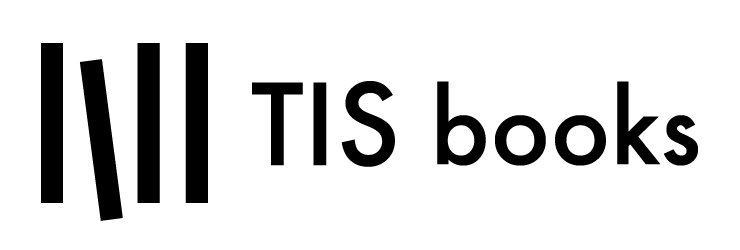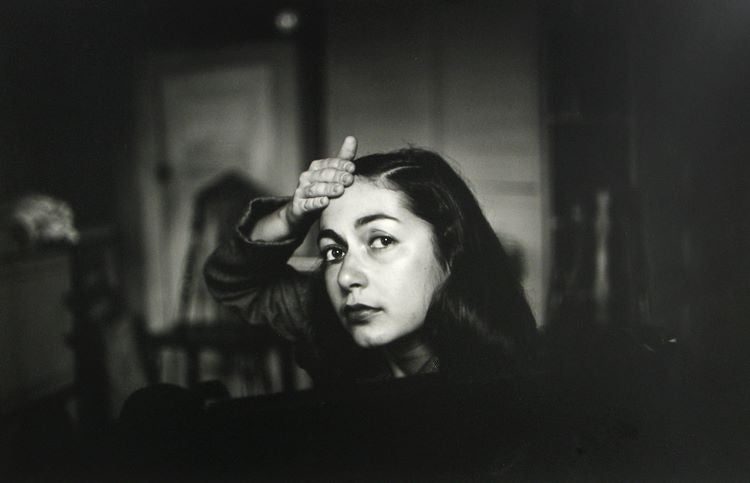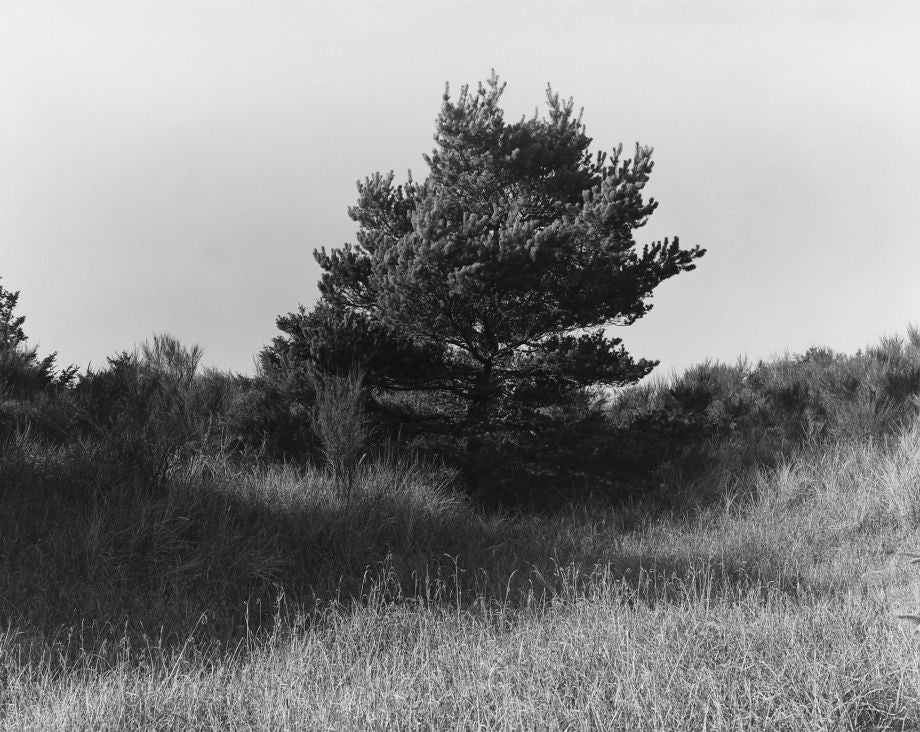
Some things I really liked this year and one I didn’t
First, the thing I didn’t like this year: all the hand-wringing over end-of-year lists. As David Letterman used to say, “Ladies and gentlemen, it’s an exhibition, not a competition. Please, no wagering.” Like Stupid Pet Tricks, photobooks are fun, or at least they’re meant to be, or at least I think they’re meant to be sort of pleasurable. And lists are fun. God knows how many great things I’ve been turned on to by lists. Lighten up.
Also: yes, calendar years (and decades and centuries) are arbitrary markers of cultural, social, economic, political, and whatever else events. You will probably have to get used to this. And yes, November is not the end of the year should an editor ask you to write a best-of list a bit early. I think you should be happy/honored to get used to this.
I was asked by no one to write this, but that’s never stopped me before. Some things I really dug this year, in no particular order:
- Dan Chiasson's writing on poetry. I’m glad he writes for both The New Yorker and The New York Review of Books, because man do I need my fix of Chiasson's essays. The guy introduced me to Joe Brainard a few years back, and that would be enough. But his writing on poetry both old and new has continually helped me to think about photography, and how the two art forms relate and why I think that so many pictures described as “poetic” are nothing of the kind, no matter how good or interesting or beautiful they are.
- Sufjan Stevens’s Carrie & Lowell LP and tour. This is my favorite record of the year, and lots of people seem to like it, so I needn’t “review” it. But two things: 1. No matter how invigorating we find stylistic innovation, there will always be more than enough room for old, thoroughly-established forms to deliver artistic experiences of the very highest order. 2. I saw Sufjan play on three nights in Manhattan and Brooklyn, and the set lists were a revelation in the way that lyrical details from older songs were given new and expanded meaning by the more recent material. This, I think, is a wonderful to work: with a narrative arc expressed over many years in different ways both overt and subtle.
- The Mike Mandel/Jason Fulford talk at the New York Art Book Fair. To celebrate the release of Mandel’s career-spanning box set Good 70s, Fulford wanted to expose the audience to all, or most, of Mandel’s groundbreaking work. But how to do that in an hour? Well, you could set a darkroom clock and cut off conversation on any topic once the buzzer went off. So that’s what they did. If there had been time for questions, I would have asked Mandel if he ever had a bad idea; there must have been something he dreamed up that didn’t work. But oh so much did.
- The National League Central. I wore a St. Louis Cardinals t-shirt that day at the NYABF, and later at the signing of Good 70s, Mandel complimented my favorite team’s success this year. He’s a Giants fan, and no team has inflicted as much post-season hurt on the Cards in the past decade. But anyway, the Redbirds ended this season with 100 wins. The runner-up Pirates had 98, and the third-place Cubs had 97. So the three best teams in all of baseball (American League included) came from one division. And here’s the thing: although my dad is a lifelong Cards fan, my mom’s side of our central Illinois family were always Cubbies fans, so I can find no way to dislike them. And also: my sister’s family lives near Pittsburgh, and they naturally root for the Pirates, a team which I admire even if I wish them ill when they play the Cardinals. So anyway, it was a tensely enjoyable summer and fall for fans of any of the three teams, and all should be proud of the intensity of effort required to run the table in a single division. Only problem was that all involved seemed exhausted by the spectacular regular season and no team did its best work in the post. As the Cubs fans say, “There’s always next year.”
- Dan Boardman's The Citizen. This book came out in 2013, but I only just saw it at the 2015 Philadelphia Art Book Fair. First off, the pictures are great: Dan gets at the downtrodden male thing in just the right way, with a neutrality in the portraits that neither glorifies nor pities, and intimate landscapes that operate like still lifes to hem the characters in some beautiful claustrophobia. But also: the book as an object is just a delight: the newsstand size, the colored page edges, the design that places the book within a pulp series of “Houseboat Classics.” It’s modest and funny and wonderful and just perfectly realized and executed in every way.
- Kristin Hersh’s Don’t Suck, Don’t Die: Giving up Vic Chesnutt. A book written by one of my favorite artists about the loss of one of the great songwriting geniuses of our time was pretty much bound to do me in. So I was prepared. But not really prepared. Kristin pulls zero punches in this account of her frequent touring partner, who could be in any moment both angel and asshat. I think I actually like Vic less and yet love him more than before. Also admirable is the writing style: a sort-of letter in which Vic is always the “you,” and Kristin writes like a real person, with remarkable control of the colloquial.
- Let Us Now Praise Famous Men. I’m a bit ashamed to admit that I hadn’t read this in its entirety until this year. And then of course I couldn’t shut up about it to anyone who would listen. All told, the book is equal parts beauty and bullshit. And even the bullshit is breathtaking. If you like a way the camera organizes the world, you have an ally in Agee.
- The bootleg of John Gossage’s Hey Fuckface. Ofer Wolberger and Horses Think did a bang-up job on their lo-fi reissue of Gossage’s box set of prints. When I first saw it (and immediately bought it) at the NYABF, I couldn’t believe they’d been able to sell it for just $50. Funniest book fair moment of the year came in December at the Aperture Holiday Book Bazaar when Ofer was selling the remaining copies from a car trunk on the street outside. Once word got out, a steady stream of exhibitors at the fair left and came back with a suspicious cardboard box. Proving once again that Gossage is the primo stuff for photobook folks.
- Marilynne Robinson. I hope someday to be up to the task of writing at length about my favorite fiction writer. But 2015 was a year for her nonfiction. In her essays, her Calvinist premises are nearly always a mismatch with my atheism, and yet we end up in the same place: sheer wonder for the simple fact of existence, and a very high value indeed placed on that existence, for ourselves and all others. I saw her deliver a talk called “Son of Adam, Son of Man” in late 2014, which proved that she is far too brilliant for lectures; one must read her slowly and reread immediately. A tour-de-force repudiation of our worst national and global tendencies – “Fear” – was published in The New York Review of Books in the summer. Both are included in the collection The Givenness of Things, which I highly recommend.
- Erykah Badu’s But You Caint Use My Phone mixtape and tour. Regrettably, I hadn’t yet heard the mixtape when I saw Ms. Badu open her show at the Kings Theatre in Brooklyn (which remarkable venue separately deserves a spot on this list; it’s where I saw a couple of the Sufjan Stevens shows as well) with a few of the new tracks. No matter; they were engaging in that sort of effortless way that makes you feel like you’ve heard them all your life. And then the work from her catalogue, which I find to be different not only in degree but in kind from the popular music made today. On record and in concert, Badu seems to be working on some other crazy genius planet from which she sends back far-too-occasional communiqués.
- Colm Tóibín’s On Elizabeth Bishop. I just got this last week and I’m not even all the way through it, but he had me from the first two sentences: “She began with the idea that little is known and that much is puzzling. The effort, then, to make a true statement in poetry – to claim that something is something, or does something – required a hushed, solitary concentration.” Later: “I have a close relationship with silence, with things withheld, things known and not said.” Swoon. You needn’t even like Bishop to love this book.
- Lee Friedlander & Pierre Bonnard: Photographs & Drawings at Pace/MacGill Gallery. In which 12 all-over square compositions by Friedlander (think The Desert Seen or Recent Western Landscapes) were matched with 12 small exquisite Bonnard pencil drawings. The visual simpatico is immediately and pleasingly evident, and yet the complexity of the mashup demands concentrated and repeated viewings. It’s a blessing that one can so frequently be all alone in Pace/MacGill with such objects. And Peter Galassi’s lovely catalog essay “Surrendering to the Picture” seals the deal for this examination of the relationship between a “painter’s painter and photographer’s photographer,” for whom pictures “embody a perception – an experience of looking.”
Oh yeah, I liked some picture books this year, too: Josée Schryer’s sur-la-Rouge; Raymond Meeks’s furlong; Mark Steinmetz’s The Players; Carl Wooley’s Mile; Melissa Catanese and Ed Panar’s A People’s History of Pittsburgh; Nelson Chan’s Welcome Home; Ron Jude’s Lago; Christian Patterson’s Bottom of the Lake; J Carrier’s untitled book; Doug DuBois’s My Last Day at Seventeen; Bruce Davidson’s Los Angeles 1964; Mike Mandel’s aforementioned Good 70s.



